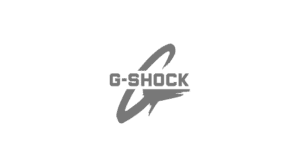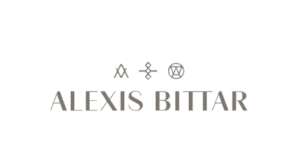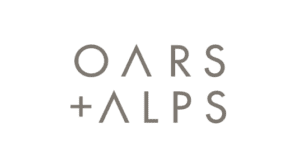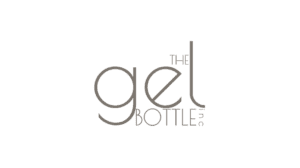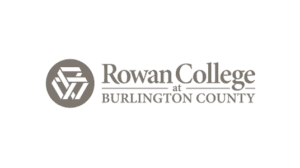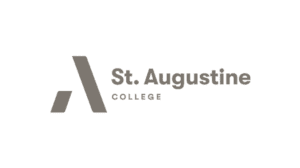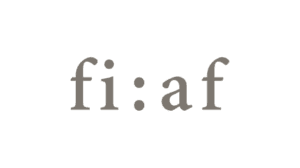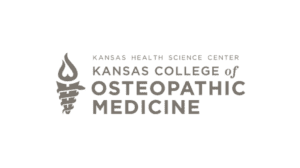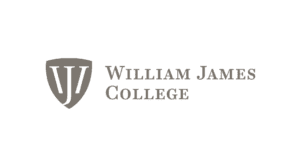Mason Interactive’s digital marketing webinar series continued with a webinar titled: The Secrets of SEO for eCommerce. Webinar hosts Jenna Vaccaro, Director of SEO, and Brook Shepard, Founder & CEO of Mason Interactive, explored how search engine optimization can be used to attract more shoppers to an online store, and gave tips on SEO best practices.
In short, the webinar covered the SEO fundamentals every eCommerce business owner and marketing professional can learn from. Watch the webinar replay or continue reading for the key highlights.
What is SEO and Why it Matters
Search Engine Optimization is the scientific art of optimizing a website around specific keywords in order to rank higher in search results, such as Google. The science behind SEO is to understand Google’s algorithm and to use those indicators for optimization. This is combined with creativity (art) that goes into content, images, and messaging.
When talking about digital marketing, businesses are more inclined to invest in advertising because of the immediate results. SEO is often underestimated as a marketing channel, however, looking at analytics of any eCommerce store, organic traffic is usually the best converting channel.
“What we see with our clients in general is that people are willing to spend money on advertising but not so much on SEO”, says Brook. “Our recommendation is to make SEO a priority – it converts better and is cost-efficient-, alongside media buying. With the Holiday season coming up, there is still time to get ready and double down on SEO”, he continues.
Search Engine Results Pages (SERP) have evolved over time, and while the user experience has improved, SEO professionals are faced with more complexity and increased competition over the highest ranking positions.
Getting on top of the SERP is important because the higher a website ranks, the more searchers will click on the website, and the more sales the website will generate. Jenna used recent statistics to speak to the importance of SERP and shockingly, only 4.8% of searchers make it to the second page of search results, and only 1.1% to the third. This may make you wonder where does all the traffic go? 32.5% of traffic goes to the top result, 17.6% to the second result, and less than 5% goes to the sixth result.
How is SEO Different for eCommerce
eCommerce SEO has a similar idea than any traditional website; show up on search results and provide relevant content to the user searching for a keyword. For example, a business that sells black shoes should have their pages optimized for black shoes because a user is searching for that and they intend to buy black shoes.
“You want to say to the user that you have the product they are searching for, and you have optimized this page accordingly because you knew they wanted to buy this product.”
Jenna Vaccaro
Furthermore, businesses can help visitors make purchase decisions through vivid product descriptions and beautiful, eye-catching photography, and plenty of reviews. When done right eCommerce SEO is a free source of high converting organic traffic.
Most Common SEO Myths Uncovered
On the next section, Jenna shed light on a few common SEO misconceptions and explained why they are fiction.
Myth 1: “I did a lot of upfront SEO work on my site when it launched, so I never have to do anything again.”
You are certainly off to a good start if you invested on SEO when your site was first launched. However, SEO is ever-changing and should be treated as a marathon, not as a sprint. Focus on keeping your site healthy and aligned with the best possible optimization at all times. You may decide to scale back on SEO because it is a low season for you, and as a result, your competitors take over your position on SERP. Keep up with your competitors and the latest algorithm changes to maintain your rankings.
“Many clients come to us to take the next step. They have already done a fair amount of optimization, and they want to focus on a specific area such as conversion rate optimization or local SEO. After all, SEO provides various opportunities with hundreds of thousands keywords”, Jenna shared.
Myth 2: “I need to post long-form content every day in order to rank high.”
Content length can contribute to SEO ranking, as does the quality of content. However, a multitude of other factors contribute to consistently maintaining a high rank, including:
- Topic relevance. It’s important to produce useful content that speaks directly to your product, is fresh, and provides value to the reader. A good starting point is to look at aspirational brands, what they do and what content they produce.
- Natural backlinks. Creating shareable content should be the main objective. If your content is compelling, readers will want to share it naturally, and link back to your content.
- Page speed and user experience. Ensure that your site is easy to navigate and your pages load fast. A frustrated user will leave your site and go to your competitor.
- Mobile friendliness. The browsing experience should be the same on mobile as it is on desktop. Make sure that buttons and links are spaced out and easy to click with a thumb (especially add to cart button!).
Myth 3: “It’s 2020. SEO is dead.”
While the digital marketing space grows through paid media, many marketers believe SEO has reached the end of its lifespan. Search engine optimization may have changed and evolved, but it certainly is not dead nor dying. In 2019, 65% of eCommerce sessions were generated through search traffic and 33% were generated through organic search. As long as the search engines exist, consumers will continue looking for products online, and if an ad is not there, the first thing the searcher will click is the top organic result.
Top Areas of Focus for eCommerce SEO
Jenna broke down the content into key takeaways starting with the very first step of every successful SEO campaign; keyword research. Every website owner should compile a list of keywords that fit their brand, optimize their website based on those keywords, and consider how to rank above competitors.
Moreover, businesses that focus on creating good quality content generate more natural backlinks and rank higher. Building a strong internal link structure is equally important to boost authority of singular pages. For example, if you write a blog article that mentions a tote bag, link that back to the page where you sell tote bags.
Ongoing technical updates and regular audits, Jenna emphasized, are needed to ensure the website is running smooth and fast. An audit will uncover broken links and orphan pages (pages that don’t link anywhere), among other areas that have an impact on the SEO ranking and user experience. Not sure how to conduct an audit? Contact us for a free SEO audit.
Finally, it’s essential to continuously analyze the data and measure success. Use the data to evaluate what you can do to get more users to click and to buy. Be aware of what page people are dropping off of, why the conversion rate is low, do you have unnecessary content or problems with the user experience. At Mason Interactive we know that performance drives the strategy and we look at the data weekly, biweekly, and monthly.
“Yes, you want to know how many keywords you rank for and how many users come to your site. But you also want to know what to do with that.”
Jenna Vaccaro
If you are interested in learning more about your website’s SEO performance, sign up for a free consultation with our SEO experts.









